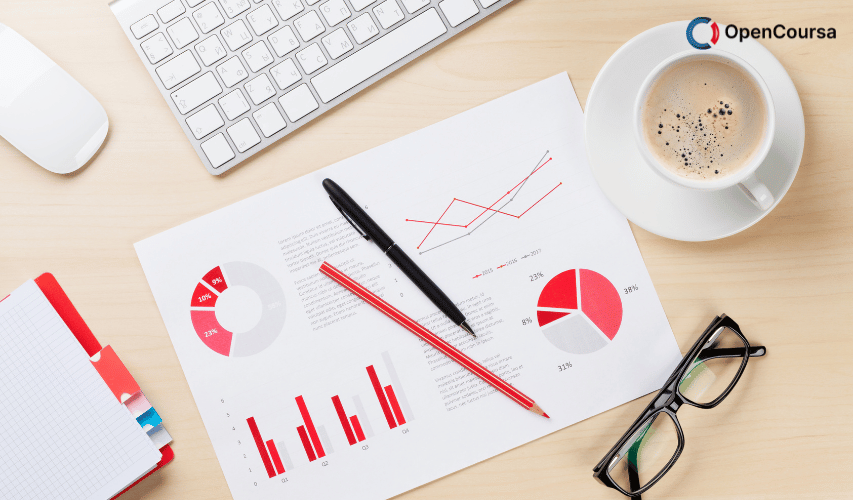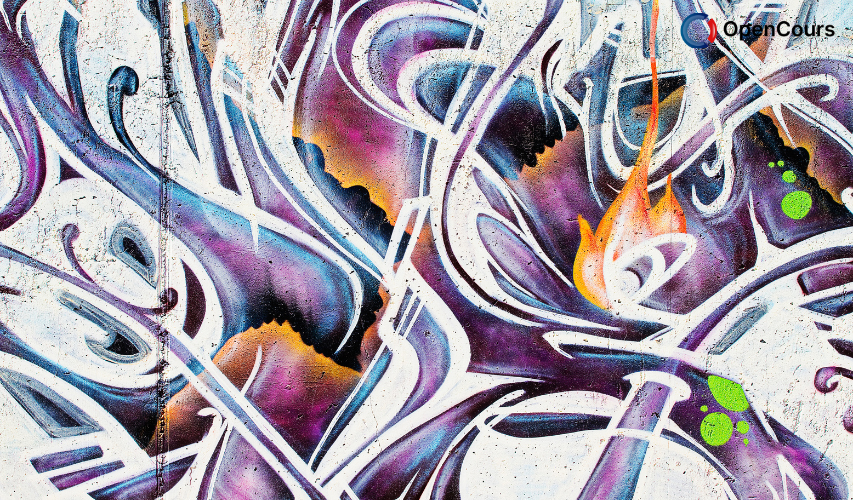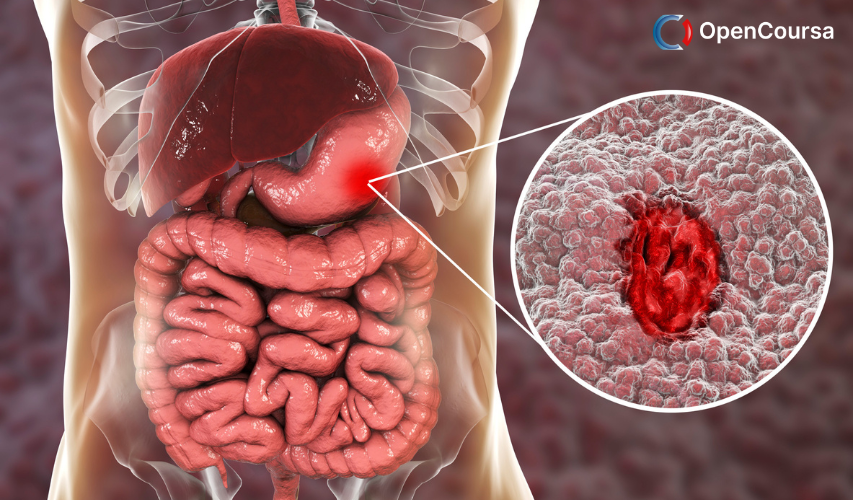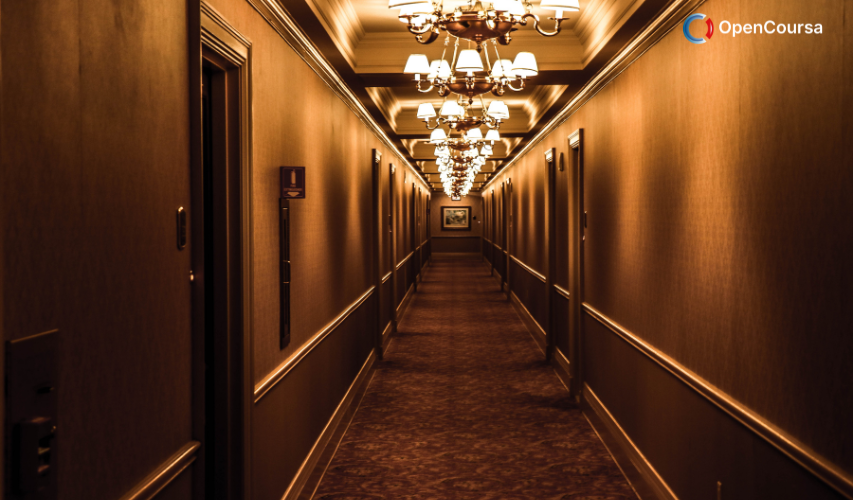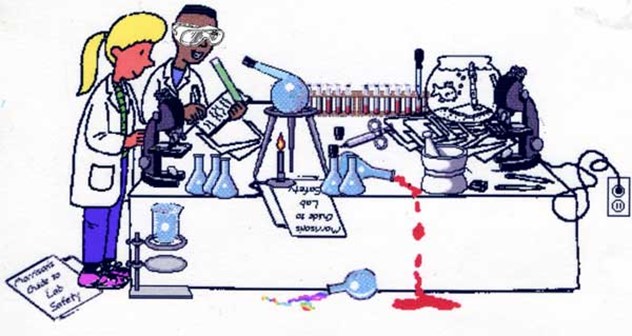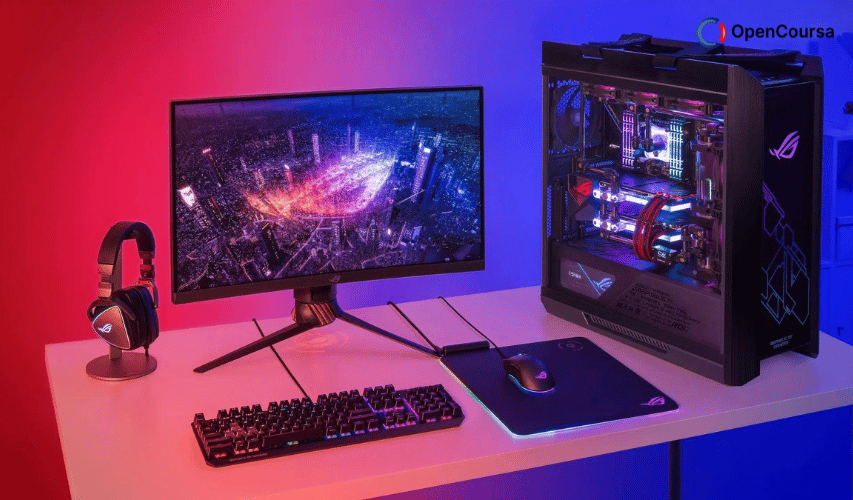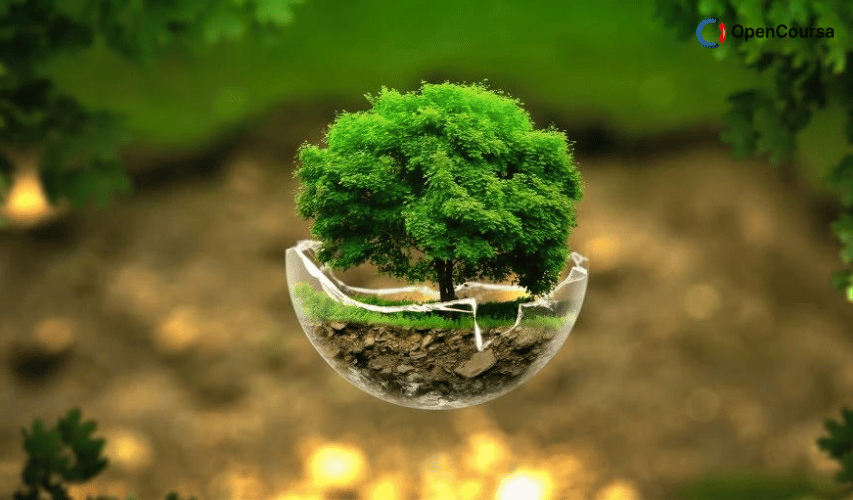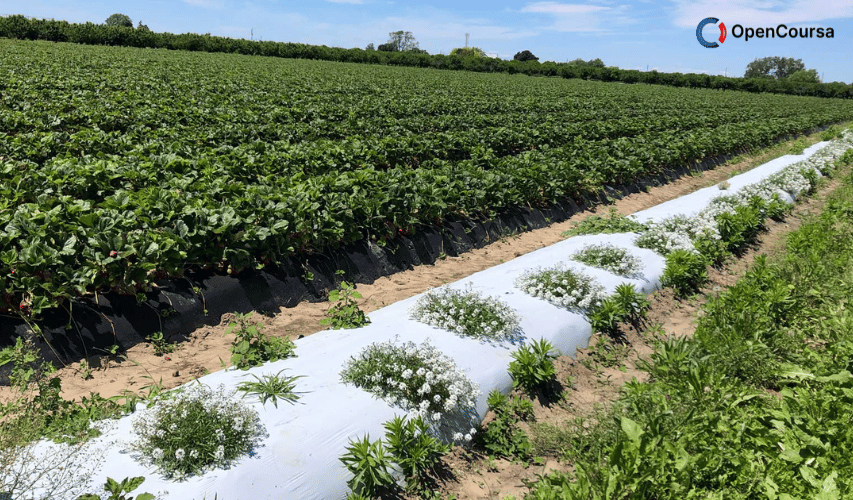Home » Course Layouts » Free Course Layout Udemy
If handled properly, a spill may be nothing more than a nuisance. If handled improperly, a spill can seriously disrupt your activities and the work of your colleagues. At worst, a spill can cause bodily harm or property damage. This course will help you think logically about your potential spills and plan for a proper response.
0
59
English
English [CC]
- Learn basic syntax that can apply to any language.
- Learn what is a programming language and the basic concepts for beginners.
- Understand what is Javascript in it's truest form.
- Know the basic syntax of Javascript.
- Know some hidden quirks in Javascript.
Description
Course Overview
In most cases, laboratory spills involve small quantities of materials and, if precautions are taken, present minimal hazards. Laboratory workers are usually the most appropriate people to clean up their spills because they are more likely than others to be familiar with the spilt material's hazardous characteristics; can respond at least as quickly as, and usually more quickly than, anyone else; know about other potential hazards or complicating factors in their work area, and should be familiar with the proper cleanup techniques for a particular spill. Some laboratory spills require outside assistance because of the spill's size or its unusual hazards. Trained hazardous material spill responders have learned that it is much better to be overly cautious in responding to a spill than to risk lives for something that "shouldn't be too dangerous." Do not downplay the seriousness of potentially hazardous spills. Every laboratory spill generates waste, so it is common Task Force on Laboratory Waste Management to worry about laboratory spills. This course is meant to help the bench chemist prevent and better respond to spills. Spills can seriously disrupt laboratory operations. Not only is valuable material lost, but a spill increasingly results in the temporary evacuation of a room or an entire building. For many reasons explained in this course, people have become more cautious when responding to laboratory spills. In spite of our best efforts, spills happen. When they do, it makes sense to respond to them as carefully and efficiently as possible. The good news is that, for many laboratory spills, you may be able to safely clean them yourself. Not only does that save time, but your initiative demonstrates your accountability for maintaining a safe laboratory.Course content
-
- Objectives 00:10:00
- Regulations 00:10:00
- Responsibilities 00:10:00
- Nuisance Spills 00:10:00
-
- Potentially Hazardous Spills 00:10:00
- Preventing Spills 00:10:00
- Preparation 00:10:00
- Hazards 00:10:00
- Expert on the hazards 00:10:00
- Toxic Materials 00:35:00
- Flammability Hazards 00:20:00
- Caustic Chemical Hazards 00:10:00
- Radioactive Spill Clean-up Procedures 00:10:00
- Radioactive Spill Clean-up 00:20:00
- Estimating Potential Hazards 00:10:00
- Summary 00:10:00
- Importance Of Health And Safety In The Workplace FREE 00:10:00
- Basic Health & Safety at Workplace Video FREE 00:20:00
- Chemical Checklist At Workplace 4 weeks
N.A
- 5 stars0
- 4 stars0
- 3 stars0
- 2 stars0
- 1 stars0
No Reviews found for this course.
Instructor
OpenCoursa
Accessible Education for Everyone
5
5
6
24760
4637
We are an educational and skills marketplace to accommodate the needs of skills enhancement and free equal education across the globe to the millions. We are bringing courses and trainings every single day for our users. We welcome everyone woth all ages, all background to learn. There is so much available to learn and deliver to the people.
Explore Free Courses
Access valuable knowledge without any cost.
{"title":"","show_title":"0","post_type":"course","taxonomy":"course-cat","term":"engineering-skills,health-and-safety","post_ids":"","course_style":"free","featured_style":"course6","masonry":"","grid_columns":"clear4 col-md-3","column_width":"268","gutter":"30","grid_number":"4","infinite":"","pagination":"","grid_excerpt_length":"20","grid_link":"1","grid_search":"0","course_type":"","css_class":"","container_css":"","custom_css":""}

